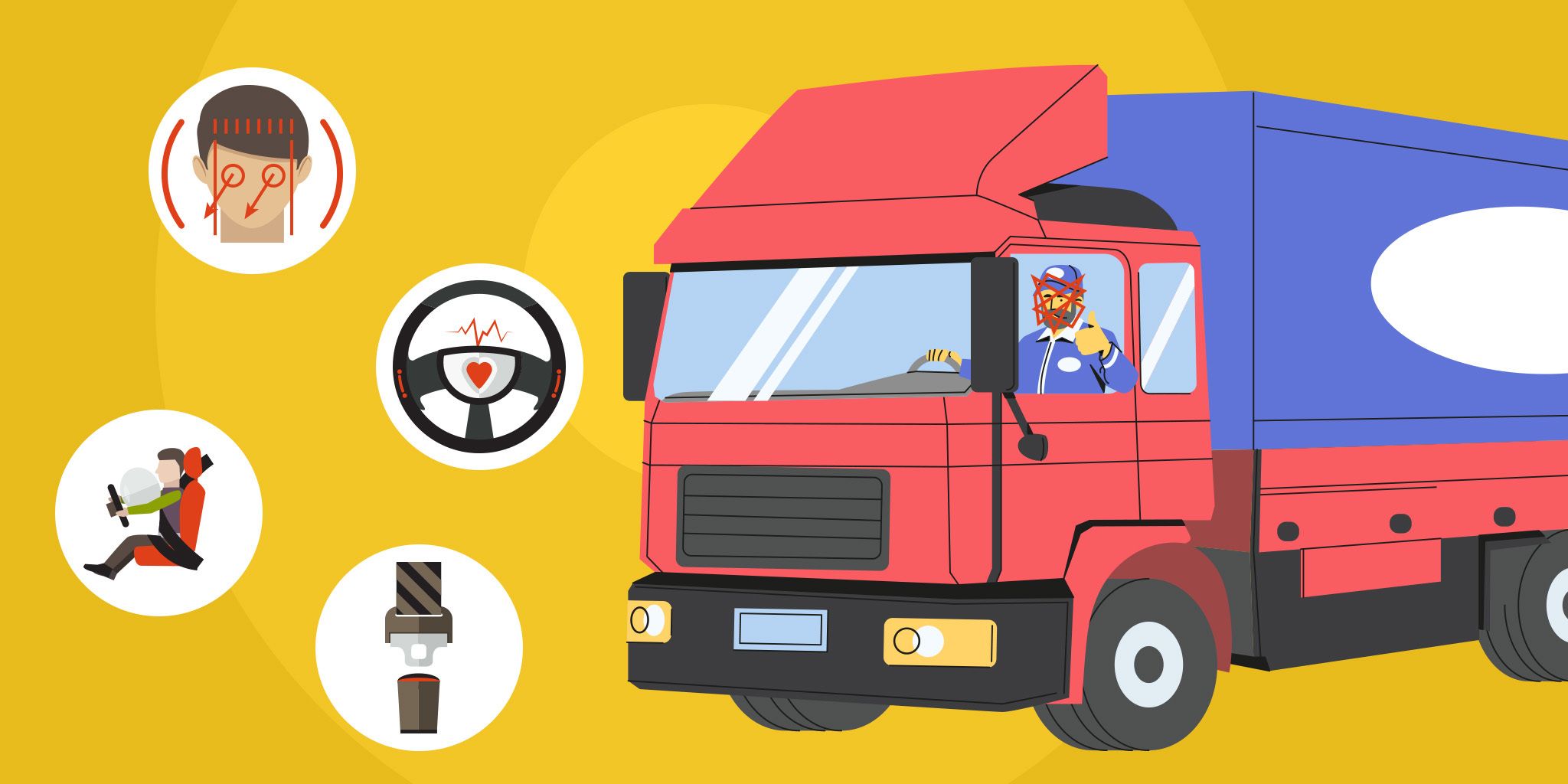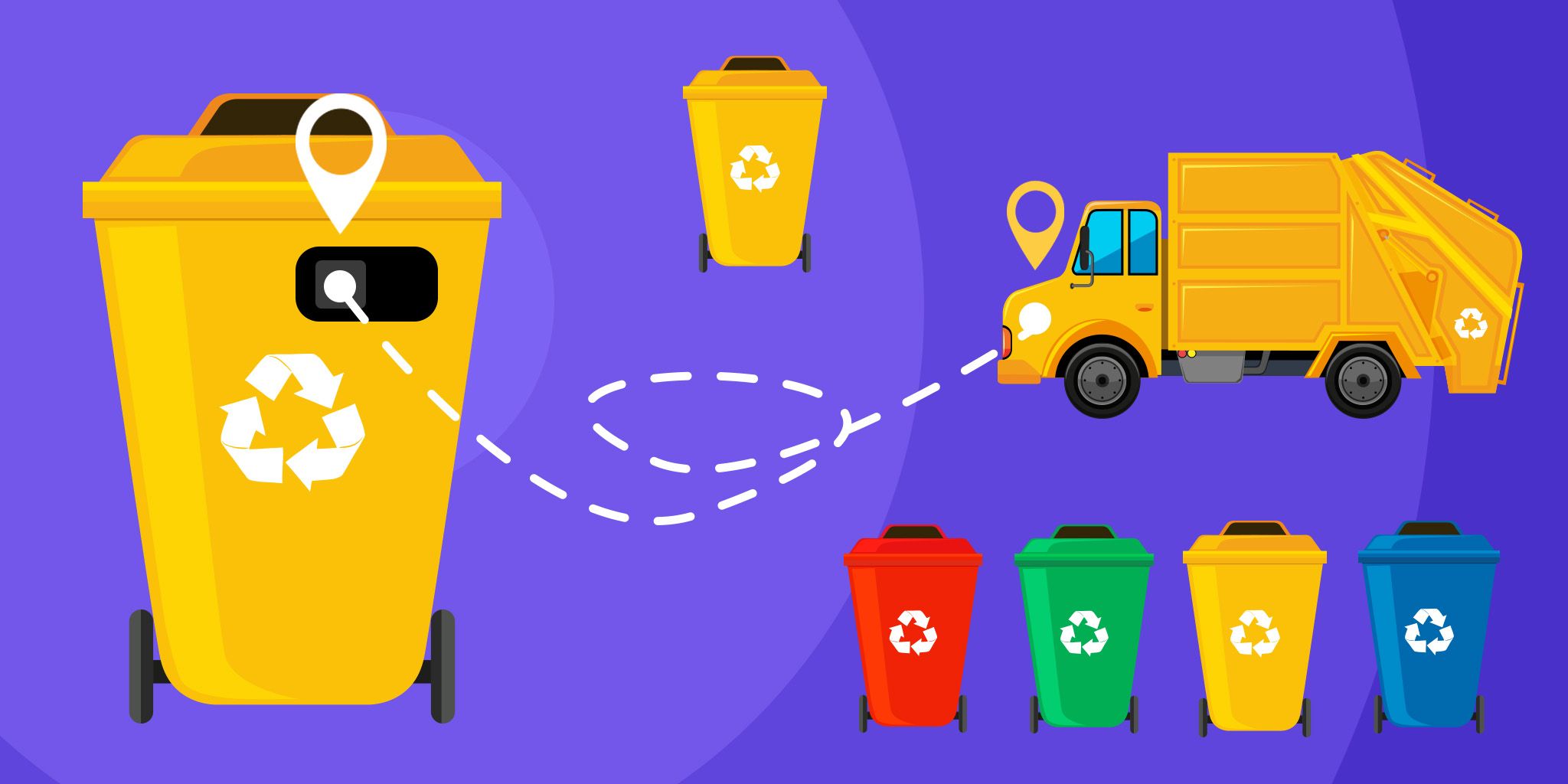Autonomous Driving Business Models: Part One
Autonomous Driving Business Models: Part One
- Last Updated: December 2, 2024
Nitin Kumar
- Last Updated: December 2, 2024



Autonomous driving is one of the most disruptive developments we've seen to this day. It will change the way we think of cities, roads, parking, commuting, leisure, ownership, and will spawn new jobs as the business models unfold. Many open questions have answers in business models, infrastructure, technology direction, and development.
Transportation as a Service
Many automotive OEMs believe that transportation is set for fundamental disruption and will be very different in the future. OEMs like BMW sell directly to consumers today but experimenting with ridesharing, fleet sales, time splitting, etc., creating Transportation as a Service (TaaS) business models. On-demand business models will alter profit pool configurations in the transportation industry with value shifting to technology, data, design, and platforms and away from dealerships or hardware.
Operating System Enabled Value Chain
Operating systems are the heartbeat of any ecosystem but have been monetized differently by technology players. Apple (iOS) charges a premium for hardware, and Google (Android) drives more advertising revenue. At the same time, Microsoft (Windows) is monetized directly -control of the OS is vital to the autonomous driving value chain as it impacts customer experiences and relationships through control. Both Detroit and Silicon Valley are in a race to create and control this Operating System. While Tesla mimics the iOS model, Baidu is looking at “open source” technology to monetize ancillary products/services, and Uber is building a partner ecosystem to create scale.
Autonomous driving is quickly becoming a reality, Here are various business models that can help enable and drive the value chain for businesses.
Multiple models will likely emerge, co-exist, and compete, impacting capitalization, scale, margins, marketing, sales, and future investments. The Tesla-style business model will be aesthetically appealing, given the hardware focus building exceptional design. The Baidu model will be hinging on design and driving up accessories, services, support, etc. The right package and quantity of sensors will also depend on the OS strategy adopted, impacting ancillary players' value. Open and closed strategies for the OS, (e.g., iOS vs. Android), will also create consequences like safety legislation, competitive dynamics, standardization of infrastructure, and more.
Fleets and Logistics
The existing approach to logistics would change by eliminating constraints around commercial fleets today. These include driving hour limitations, better asset utilization, less downtime, faster movement of goods, reduced congestion, and improved operating costs.
Governments have been considering autonomous only zones and reduced need for parking lots. New business specialties and opportunities will emerge in urban planning and management/monitoring of fleets through new players. Fleets create business models around access frequency, usage time, or miles consumed. Given the long depreciation cycles of existing fleets and cost factors to create AV fleets, semi-autonomous or retrofit capabilities are a short-term revenue stream.
Data-Driven Value Chain
Autonomous vehicles will consume and generate data at unprecedented levels. The data comes from various sources and components like cameras, radars, lidars, GPS, sensors, maps, and smart infrastructure. All this data must be aggregated in real-time and trained to navigate roads, avoid obstacles, provide safety, comply with rules, and create personalized experiences. The volume, velocity, and intake of this data will require new infrastructure, software-defined processing capabilities, and new business models. Many partnerships have evolved to co-create new data sets or have access to it like HD maps.
Initially, this data must be trained by humans and machine learning models––“human in the loop” method ––while deep learning will occur in the cloud, machine learning executes on the vehicle itself. The ownership, consumption, and monetization of all this data will inform business models as multiple new startups emerge only around this data value chain.
Software Defined Value Chain
Technology companies create value by commoditizing suppliers and monetizing consumers through efficient channels. In transportation, ridesharing companies like Uber and Lyft have also aggregated demand through a channel (platform technology) and commoditized the supply side, making the vehicle type less important for riders. Uber and Lyft both want to consolidate their positions as the future focal point of transportation by investing in autonomous driving initiatives.
Many players like Google, legacy OEMs, new players like Tesla, and auto suppliers are competing in the value chain. The electrification of cars, fleets, and the viability of new powertrains will directly impact AVs' fixed and operating costs. A new transportation and mobility ecosystem is expected to be faster, cheaper, cleaner, safer, more customized, and more efficient in all aspects. The higher end of the value chain will create stronger positions to foundations to accelerate this nascent but promising sector.
Internet of Vehicles and V2X
Business models leveraging multiple modes of C-V2X include infotainment, traffic information, real-time mapping, telematics, and data analytics. Network-based data analytics, monitoring, and opportunities also exist. While V2I might be delayed due to a lack of incentives with local governments to progress and their budget deficits, they will be significant influencers of business models, including access to services and space access.
Regulation Driven Business Models
Regulators have struggled with Big Tech, and vice versa as rapid technological advances are challenging to keep current. Regulators are important stakeholders in the autonomous driving revolution and influence players for migrating to lower pollution, less congestion, and efficient commutes. They also must consider the transition time from human-driven to autonomous driving, factoring a period of co-existence.
The distribution of economic value will be interesting for regulators as the industry evolves. For example, if taxes are levied on miles traveled, incentives will be to stay closer to centers of action, but if taxes are driven by hours parked or space occupied, business models, will shift to minimize idle time. It will be a chicken and egg situation between industry guiding regulation and letting regulation direct the industry's future.
Business models and profit motives will inform technology, regulatory and societal adoption of autonomous driving. This is an ecosystem play with value created outside of traditional automakers, including Technology, Media, Telecom, Insurance, Healthcare, Energy, and Government.
In Part 2, we will talk about more AV business models enabled by specific technologies.
The Most Comprehensive IoT Newsletter for Enterprises
Showcasing the highest-quality content, resources, news, and insights from the world of the Internet of Things. Subscribe to remain informed and up-to-date.
New Podcast Episode

Moving Past the Pilot Phase in IoT and AI
Related Articles





